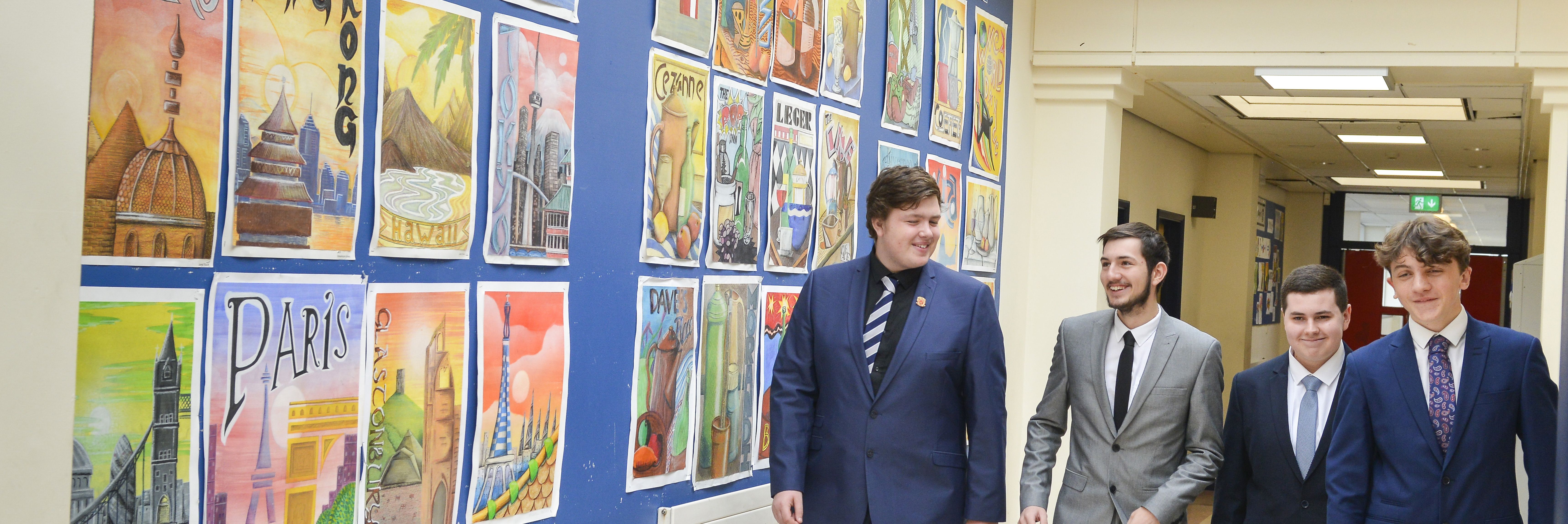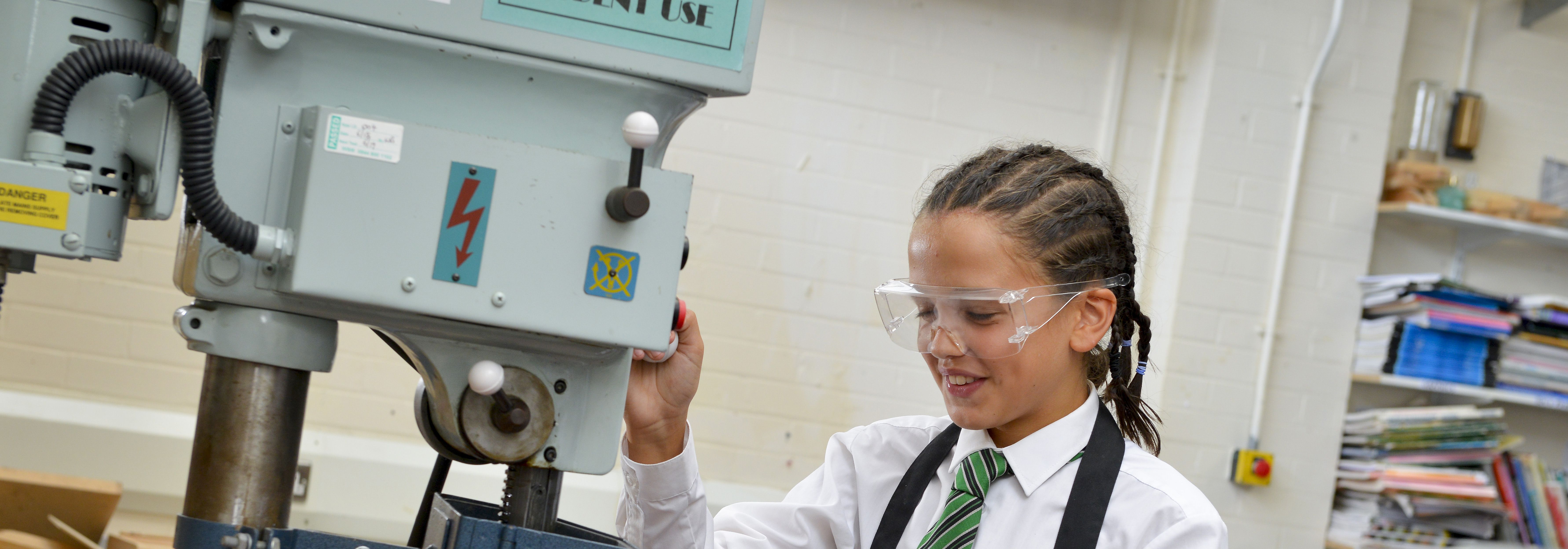|
Cell structure
- Living things are called organisms and carry out the 7 life processes: movement, respiration, sensitivity, growth, reproduction, excretion and nutrition
- All living things are made of cells
- Unicellular organisms are made of only one cell e.g. bacteria
- Multicellular organisms are made of many cells e.g. humans
- Animal and plant cells contain a nucleus, cell membrane, ribosomes, mitochondria and cytoplasm
- Only plant cells contain a cell wall, vacuole and chloroplasts
- The nucleus controls the cell's activities because it contains DNA
- The cell membrane controls what enters and leaves the cell
- The cytoplasm is a jelly-like substance where reactions happen
- The cell wall surrounds plant cells and provides strength and support
- The chloroplasts are where photosynthesis take place and contain chlorophyll to absorb sunlight
- The vacuole contains liquid that stores substances for the cell and keep it rigid
- Mitochondria release energy for the cell during respiration
- Ribosomes are the site of protein synthesis
Cell specialisation
- Specialised cells have a structure which is suited to their function
- Muscle cells, red blood cells, sperm cells, egg cells, xylem cells, phloem cells and root hair cells are all examples of specialised cells
- Unicellular organisms have some special adaptations which allow them to survive, such as pseudopodia (false feet) to help them to catch food and move, flagella (like tails) which help movement, and vacuoles to remove waste from their bodies.
Using Microscopes
- A microscope is used to make something small appear much larger
- A microscope is made of many parts, each with specific functions (eye piece lens, stage, objective lenses, handle, light/mirror, course focusing knob, fine focusing knob)
- Magnification is calculated with the following equation: Magnifying power = eyepiece lens magnification x objective lens magnification
- A light microscope can be used to study a sample of living tissue
Principles of Organisation
- A group of the same cells working together is called a tissue
- A group of tissues working together for the same function is called an organ
- A group of organs working together for the same function is called an organ system
- There are many organ systems in the human body including: respiratory, excretory, nervous, muscular, circulatory, skeletal and digestive
- Multicellular organisms require organ systems to carry out life processes
|
Disciplinary knowledge
- Know the difference between a scientific question and a non-scientific question (a question that science can answer)
- Define and understand the term hypothesis.
- Describe a practical procedure for a specified purpose.
- Recognise and use expressions in decimal form
- Understand and use the symbols: =, <>, >, ∝ , ~
- Recognise the importance of scientific quantities and understand how they are determined.
- Include a coherent and sensible order of steps, with sufficient detail to obtain valid results, including suggested equipment.
- Use SI units (e.g., kg, g, mg; km, m, mm; kJ, J) and IUPAC chemical nomenclature unless inappropriate.
Practical skills
- Read a scale accurately
- Produce clear, labelled scientific drawings
- Obtain a clear image using a light microscope
|












